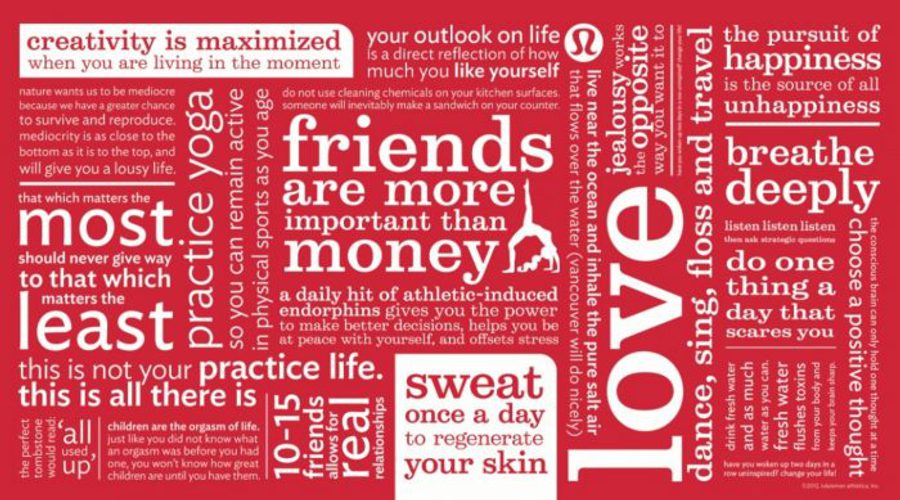Over the last decade or so, retailers and brands have focused their efforts on city centres, with a ‘cookie-cutter’ approach to ensuring their brands are consistently seen on the best high streets. As the trend cycle turns, we started to wonder how relevant this cookie-cutter approach is – should brands be focusing their efforts on suburbia (where we predict the next generation of home-makers will be moving to) with new, highly targeted and personalised formats?

How soon will today’s younger generations become tired of city living?
The city centre has traditionally been the epitome of experiences, culture and the best of the high street. We now live in an age of ‘generation renters’, otherwise known as twenty to thirty-something professionals, who were once dazzled by the opportunities of city life, and now face the reality of trying to make ends meet, balancing an average salary with soaring house prices. For a while, this didn’t seem to matter – the expectations of home ownership were reduced, with the payoff being all the amenities and culture that city life brings. Besides, a central London postcode means you can get your Amazon order delivered within the hour – what more could our millennial generation want?
However, in the UK, this year we’ve seen rising temperatures, increased pollution levels and soaring house and rental prices, making city living less appealing. This got us thinking. How soon will today’s younger generations (late Gen Z & Millennials) become tired of city living, and start to move back out to the suburbs? It’s already happening in the US. According to Stylus, the population in America’s suburban areas has increased by 16% since 2000, yet it has only increased by 12% in urban areas.

We used to have to live in inner cities to get our hands on the latest trends and products, but innovations in technology mean that this no longer need be the case:
Imagine a world where you can move to an out-of-city district that matches your own outlook on life. We know that both Gen Z and Millennials look for brands with purpose, brands that share similar values to them. Think Lululemon, who shares its wellness-based manifesto in order to attract like-minded consumers. This idea of shared values could well stretch to active, living neighbourhoods that all share a similar purpose.

So imagine the scenario – wellness-loving and eco-warrior Millennials get the opportunity to go and live in an area with other wellness and eco-enthusiasts. That neighbourhood, therefore, becomes a target for wellness brands with sustainable credentials. For the shopper, this means access to relevant brands for your district, personalised and targeted products, and the opportunity to form a better relationship with brands you love. Maybe we would even start to see brands sponsoring neighbourhoods? ‘Welcome to ‘The Eco District’, sponsored by H&M (previously known as Sevenoaks)’.
This may seem a while away, but for the future Gen Z consumer, it could be very appealing. They share a mindset that makes them sustainably conscious. They are born digital natives whose phones are simply an extension of themselves. They are fighters for what they believe in and express their individuality through like-minded collectives. The perfect fit for suburban living. For brands, this represents a great opportunity to go to where your consumer tribes are (their relevant suburb), and give them experiences that are niche and relevant.

But in the meantime will retailers start to look at fresh new formats for different areas, and move away from the traditional retail model? Perhaps investing in tailored formats for tailored places? Back in 2016, we worked with Oasis to create The Little House of Oasis, a new local format for the historic Surrey market town of Farnham, a great example of taking a mass, mainstream brand and applying a local filter. Another great example of a suburban store, is Nike’s Melrose store, Nike Live, that’s inspired by and built as a hub for its local NikePlus members.
So next time you’re looking for a new store format or experience, don’t forget the suburbs! Be brave, step away from the city and target whole neighbourhoods with alternative formats.
How will your brand evolve to attract the future Gen Z-minded suberb dweller? If you’re looking for answers or want to discuss anything mentioned here in more detail, please don’t hesitate to contact c.bacconi@dalziel-pow.com.
